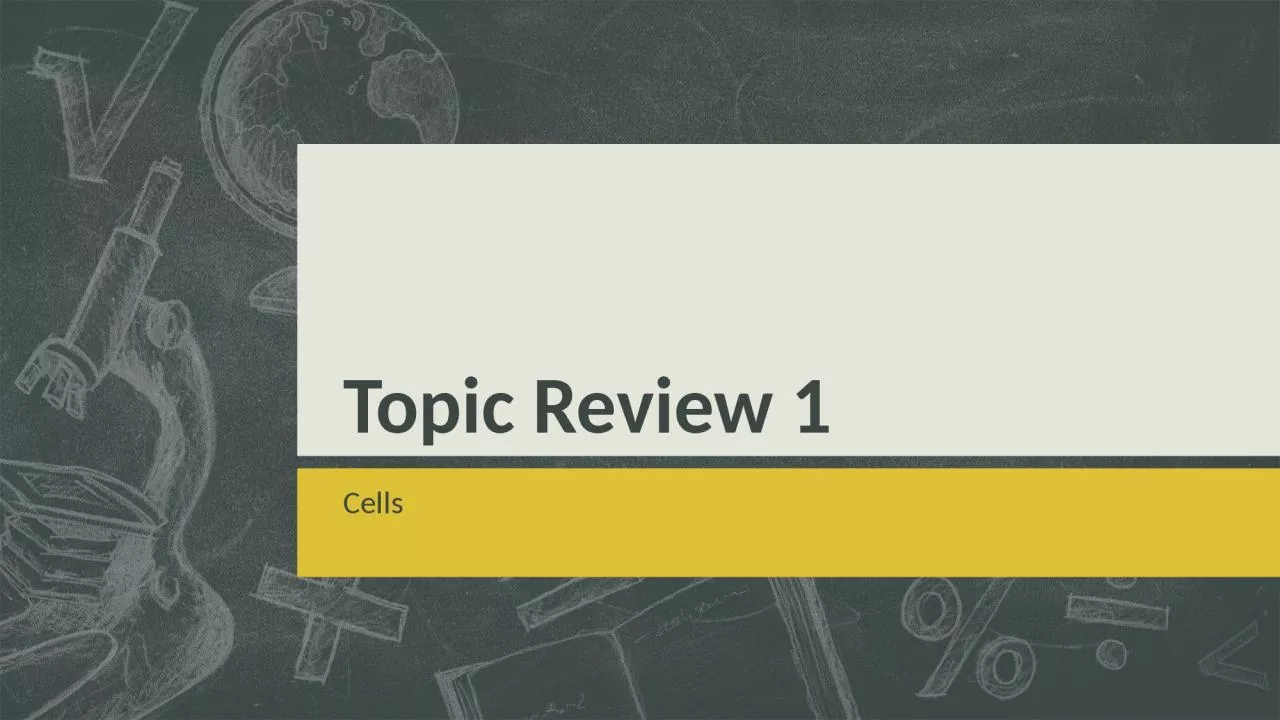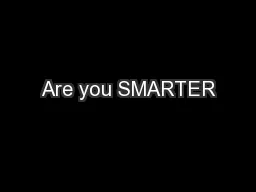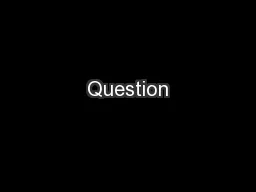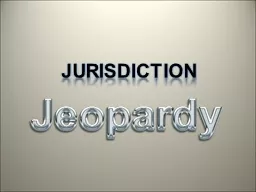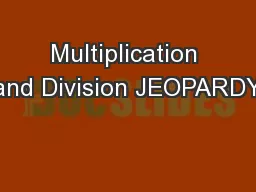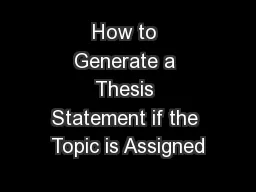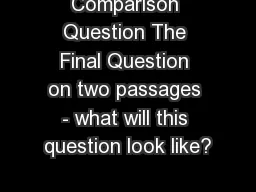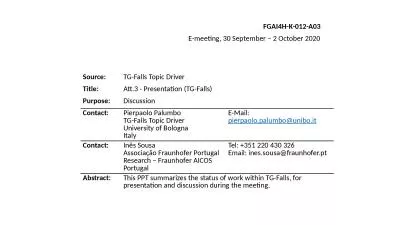PPT-Topic Review 1 Cells Question 1
Author : natalie | Published Date : 2024-01-29
Discuss possible exceptions to cell theory 4 marks Question 1 Answers skeletal muscle fibers are largerhave many nucleiare not typical cells fungal hyphae are
Presentation Embed Code
Download Presentation
Download Presentation The PPT/PDF document "Topic Review 1 Cells Question 1" is the property of its rightful owner. Permission is granted to download and print the materials on this website for personal, non-commercial use only, and to display it on your personal computer provided you do not modify the materials and that you retain all copyright notices contained in the materials. By downloading content from our website, you accept the terms of this agreement.
Topic Review 1 Cells Question 1: Transcript
Download Rules Of Document
"Topic Review 1 Cells Question 1"The content belongs to its owner. You may download and print it for personal use, without modification, and keep all copyright notices. By downloading, you agree to these terms.
Related Documents

